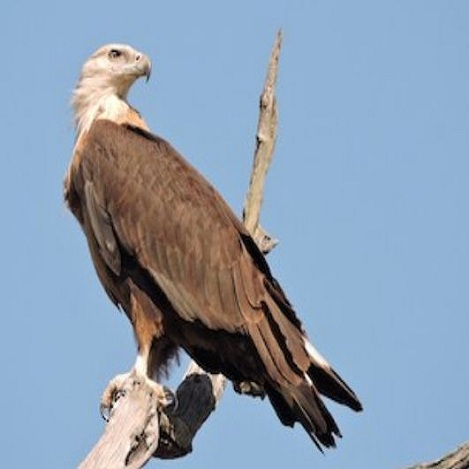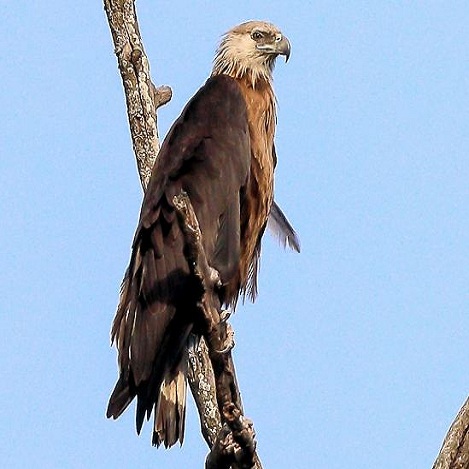Saving Pallas Fish Eagle Pakistan Wildlife Rescue Plan
👤
06 May 2025
👁
100

Saving Pallas Fish Eagle Pakistan Wildlife Rescue Plan
The Pallas’s Fish-Eagle (Haliaeetus leucoryphus), a striking raptor native to Pakistan and neighboring countries such as Afghanistan, Bangladesh, Bhutan, China, India, Iran, Kazakhstan, Kyrgyzstan, Mongolia, Myanmar, Nepal, Russia, Tajikistan, Turkmenistan, and Uzbekistan, thrives in wetland ecosystems. These birds are commonly found near expansive lakes, rivers, and marshes, ranging from lowland areas to elevations as high as 5,000 meters. Typically, they build their nests in trees close to water bodies, relying on these habitats for survival.

Population Decline and Distribution
Despite its wide geographical range, the Pallas’s Fish-Eagle has experienced a significant population decline throughout the 20th century, particularly in Pakistan, India, China, Nepal, and Bangladesh. Current estimates suggest fewer than 10,000 mature individuals remain globally, underscoring the urgent need for conservation. This decline has sparked concern among environmentalists and prompted action to protect this vulnerable species.
Key Threats to Survival
The primary threats to the Pallas’s Fish-Eagle include habitat loss, environmental degradation, and human disturbances. Across its range, particularly in the Indian subcontinent, wetlands have been drained or repurposed for agriculture and urban development. The removal of large trees near these ecosystems has limited suitable nesting and perching sites, further endangering the species. Additionally, human activities such as hunting and overfishing have depleted the eagle’s prey, exacerbating the challenges posed by habitat disruption.

Conservation Strategies and Actions
To address these threats, the International Union for Conservation of Nature (IUCN) has outlined several critical conservation measures. These include protecting nesting sites from human interference, preserving and restoring mature trees around wetlands, and conducting in-depth studies on the species’ breeding behaviors and ecological needs. Surveys in regions like Central Asia and Myanmar aim to assess the eagle’s current distribution, population status, and specific threats. Establishing protected areas for key populations is another priority to ensure their long-term survival.
In 2012, additional research initiatives were proposed to explore the Pallas’s Fish-Eagle’s behavior and movement patterns through satellite tracking. These efforts aim to provide valuable data to inform conservation strategies and enhance habitat management.

Supporting Conservation Through Bakraonline.pk
For those interested in contributing to wildlife conservation in Pakistan, platforms like Bakraonline.pk offer resources and opportunities to engage with environmental initiatives. By supporting sustainable practices and raising awareness, individuals can play a vital role in protecting species like the Pallas’s Fish-Eagle.
The Pallas’s Fish-Eagle faces significant challenges due to habitat loss and human pressures, but targeted conservation efforts offer hope for its recovery. Through habitat restoration, research, and protected areas, Pakistan and its global partners can safeguard this magnificent bird for future generations. Explore how you can support these efforts through trusted platforms like Bakraonline.pk and join the mission to preserve Pakistan’s rich biodiversity.
Pallass FishEagle
wildlife conservation
Pakistan biodiversity
wetland preservation
endangered species
habitat restoration
Latest Bara Online News
Comments



Add a Comment "Saving Pallas Fish Eagle Pakistan Wildlife Rescue Plan"